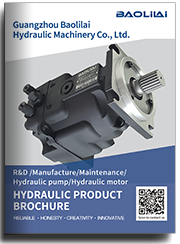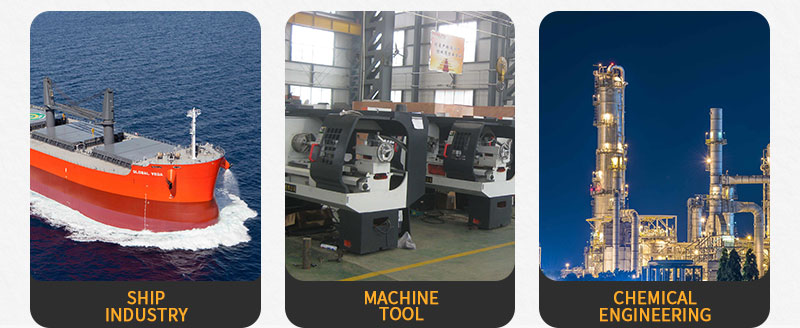ERR100BLS2020NNN3S1NPA1NAAANNNNNN hydraulic pump
ERR100BLS2020NNN3S1NPA1NAAANNNNNN hydraulic pump

- Product Details
- Applicable Scene
Ensure Proper Installation and Alignment: Regularly check and adjust the alignment between the pump and motor. Utilize laser alignment tools for precision, and ensure that mounting bases are level and secure to prevent unnecessary vibration.
ER-R-100B-LS-20-20-NN-N-3-S1NP-A1N-AAA-NNN-NNN
ERR100BLS2020NNN3S1NPA1NAAANNNNNN
Balance Rotating Components: If imbalances are suspected, consider balancing the pump’s rotating elements. This can often involve adding weights or making adjustments to ensure even distribution of mass.

83037394
Monitor Fluid Quality: Implement regular maintenance practices to monitor and maintain fluid cleanliness and viscosity. Use high-quality hydraulic fluids that meet the specifications required for the particular application.
Address Cavitation Issues: If cavitation is evident, examine the system design, including suction line size and pump placement. Increasing the inlet pressure, reducing bends in the suction line, or selecting a pump with a suitable Net Positive Suction Head (NPSH) can help alleviate cavitation.
Inspect and Replace Worn Components: Conduct routine inspections of all moving parts in the pump assembly. Replace any worn bearings, seals, or gears promptly to restore proper functionality and reduce vibration.
Utilize Vibration Dampening Techniques: Employ vibration isolation mounts or pads to absorb and dissipate vibration. This can help protect the pump as well as adjacent equipment. Additionally, installing a damping system can reduce the transmission of vibrations to connected structures.
Regular Maintenance Checks: Establish a routine for preventive maintenance, including monitoring vibration levels using accelerometers. Regular assessments can help detect minor issues before they escalate into significant problems.
Training and Awareness: Ensure that operational personnel are trained to recognize signs of potential vibration problems and understand the importance of addressing them promptly.
Conclusion
Hydraulic pump vibration problems in closed-loop fluid systems can lead to costly downtime and equipment failure if not addressed effectively. By understanding the root causes and implementing appropriate solutions, such as ensuring proper alignment, monitoring fluid quality, and maintaining the integrity of all components, operators can mitigate these issues. Ultimately, a proactive approach to maintenance and monitoring will enhance the performance and longevity of hydraulic systems, contributing to improved operational efficiency and reduced costs.





